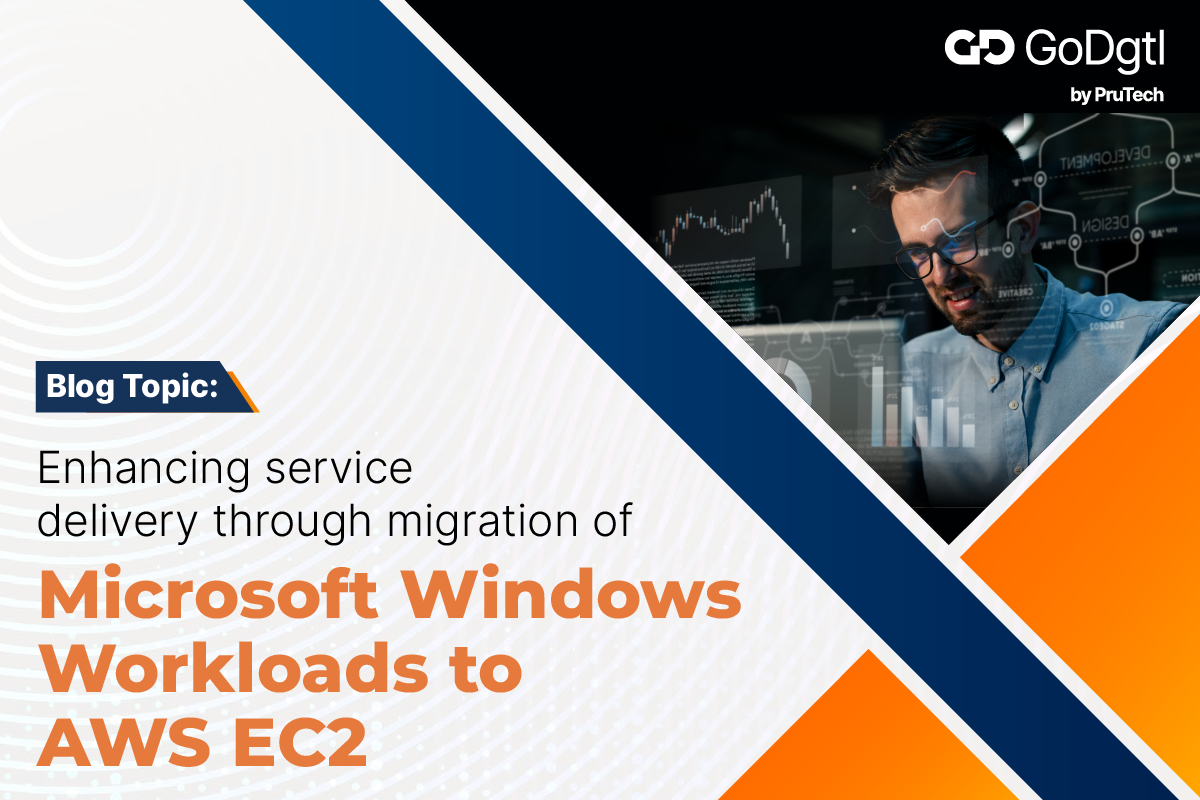In the ever-evolving world of technology, safeguarding your cloud resources has become a matter of utmost importance. With the rise in data breaches and unauthorized access attempts, it is crucial to adopt a reliable security solution. This is where Amazon Web Services (AWS) steps in with its cutting-edge Identity and Access Management (IAM) service. IAM goes beyond conventional security measures, offering a comprehensive approach to effectively manage and control access to your valuable AWS resources.
Understanding AWS IAM
AWS IAM is a highly efficient web service designed to facilitate the seamless management of access to AWS resources in a secure and organized manner. With AWS IAM, you gain the ability to effortlessly create and manage users, groups, and roles, each of which can be assigned precise permissions tailored to different AWS services. This granular control ensures that users have only the necessary privileges to perform their tasks, minimizing the risk of unauthorized actions.
Key Features and Benefits
- Centralized Access Control: IAM enables you to centralize access control across your AWS environment. With IAM, you can create policies that clearly define the actions that are either allowed or denied. These policies can then be easily attached to users, groups, or roles, ensuring that the appropriate permissions are granted without compromising the overall security of your system. By implementing IAM, you can effectively manage access to your AWS resources, providing a robust and secure environment for your users.
- Principle of Least Privilege: IAM encourages the principle of least privilege, which entails granting users only the essential access required to carry out their tasks. By doing so, the attack surface is minimized, thereby restricting the potential harm caused by compromised accounts.
- Multi-Factor Authentication (MFA): Adding an extra layer of security, IAM offers support for MFA, which mandates users to provide an additional piece of information apart from their password. This feature significantly fortifies the safeguarding of sensitive resources.
- Temporary Security Credentials: IAM enables the creation of temporary security credentials for both users and applications. This functionality proves to be exceptionally valuable in various scenarios, such as granting temporary access to external partners or services, all while avoiding the need to share long-term credentials.
- Identity Federation: IAM supports identity federation, enabling users to sign-in using their existing corporate credentials through services like Active Directory. This simplifies user management and enhances security by eliminating the need for separate usernames and passwords.
- Fine-Grained Permissions: AWS IAM policies are highly customizable, allowing you to define fine-grained permissions based on resource types, actions, and conditions. This flexibility ensures that you can tailor access control to your specific requirements.
- Audit and Monitoring: IAM (Identity and Access Management) offers comprehensive logging and monitoring functionalities, enabling you to effortlessly trace the individuals who accessed specific resources and the precise timing of their actions. This audit trail proves to be of immense value when it comes to ensuring compliance and conducting thorough investigations into security incidents.
- Access Advisor: IAM Access Advisor assists in identifying underutilized or unused permissions, enabling you to refine your policies and enhance security measures. By leveraging this tool, you can effectively identify and address any permissions that are not being fully utilized, thereby optimizing your access control policies. This not only strengthens your security posture but also ensures that permissions are aligned with the principle of least privilege. With IAM Access Advisor, you can proactively manage and fine-tune your access policies, bolstering your organization’s overall security framework.
- Cross-Account Access: IAM also facilitates controlled access across AWS accounts. This is especially useful for organizations with multiple AWS accounts, as it allows you to manage access across accounts securely.
Conclusion
By implementing IAM best practices, you can rest assured that your organization’s sensitive data remains shielded from unauthorized access and potential breaches. As you embark on your journey into the cloud, it is crucial to leverage the power of IAM to fortify your security posture and maintain strict control over your resources. AWS Identity and Access Management (IAM) offers a robust solution by providing centralized access control, least privilege enforcement, and a range of features that bolster the security of your AWS environment.
GoDgtl has been at the forefront of delivering cutting-edge security solutions and expert advice to both established organizations and promising start-ups. We invite you to connect with us, sharing your unique requirements, so that we can craft customized, foolproof solutions that not only address your specific needs but also empower you to unlock your maximum potential.
Contact us today to learn more about our services and how we can help your business thrive in the cloud era. Contact 24/7 – GoDgtl (go-dgtl.in).




